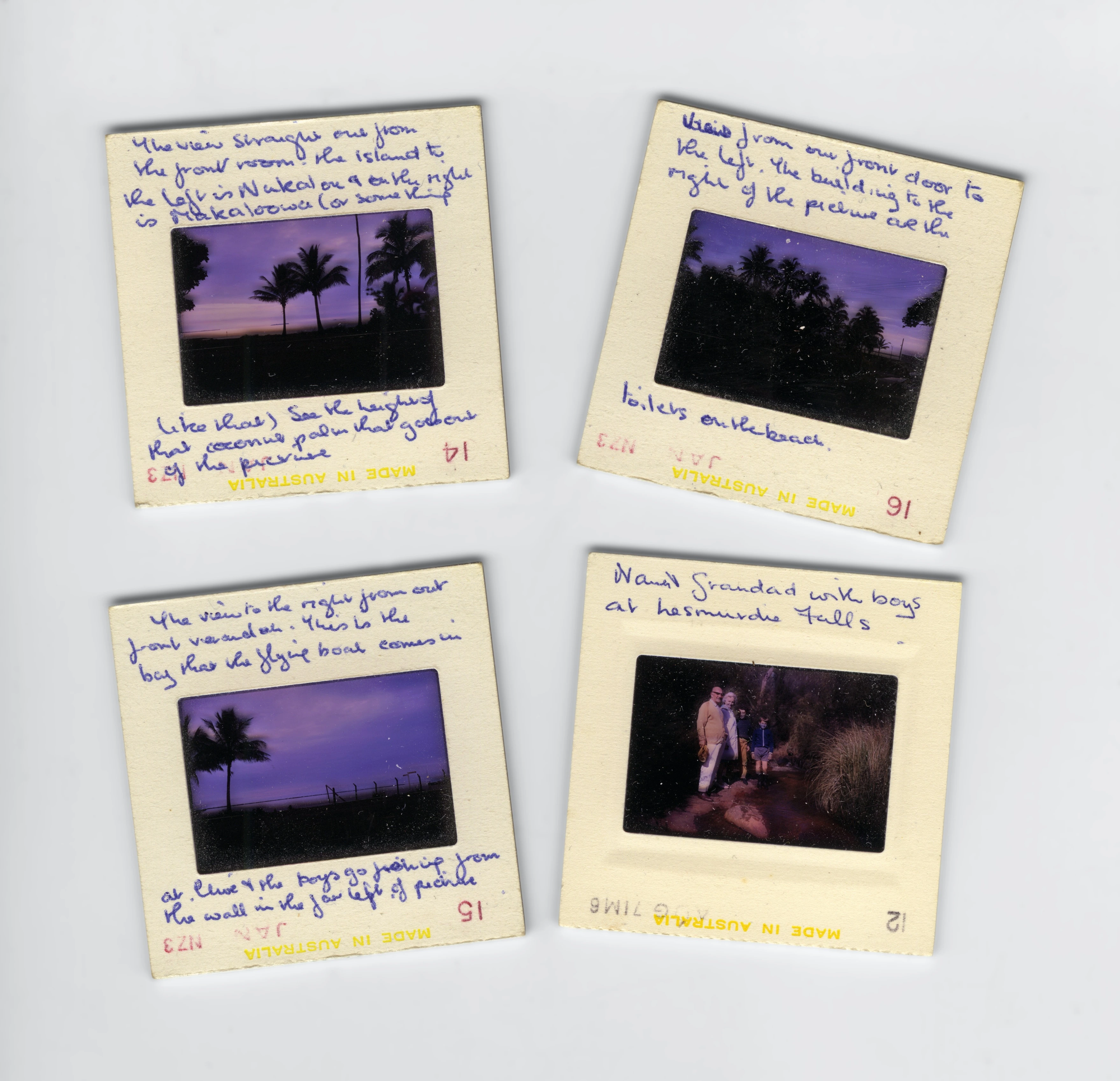Participatory art is currently recognized on different platforms since it can change the roles played by different audiences. With the advantages associated with participatory art, various scholars have taken the initiative to research how digitization has influenced participatory art, with one of the main concerns revolving around curated nails. The following is an annotated bibliography of scholarly resources with different findings relating to participatory art, especially how digitization has influenced the development of specific types of art, such as the curated nails.
Deng, Zoénie Liwen. “3.4 Participatory Art On-off a Digital Platform A Mobius Strip: On Cyber Nails in Curated Nails.” In Boredom, Shanzhai, and Digitisation in the Time of Creative China, pp. 291-298. Amsterdam University Press, 2019. https://library.oapen.org/bitstream/handle/20.500.12657/24328/1005803.pdf?sequence=1#page=292
Deng wrote this article in 2019. It has up-to-date information concerning how participatory art is taking shape off digital platforms. The primary research questions in this study relate to how participatory art in China uses digital platforms. The author uses curated nails (2014) as a basis for making his arguments. According to the author, most curators and artists in different parts of China often mobilize most of their projects on digital platforms, especially WeChat. This article is essential in my research because it will give insights into how digital platforms, including social media, can be used to create different forms of artwork.
Holt, Matthew. “Transformation of the aesthetic: Art as participatory design.” Design and Culture 7, no. 2 (2015): 143-165. https://www.tandfonline.com/doi/abs/10.1080/17547075.2015.1051781
Holt Matthew is the principal author of this article. Since this article was written in 2015, it has recent information regarding the different transformations of art where art is currently used as a participatory design. In the past, specific artists were used to craft different pieces of art. However, with the emergence of various digital platforms, artists are developing different web pages inviting potential artists to conduct exhibitions of their works. The primary research question in this article was to argue about the most significant and contemporary synthesis of art and design that is taking place at the levels of participatory projects. This article is essential in my research because it will help me in understanding the different types of digital art that use participatory approaches.
Paul, Christiane. “New media in the mainstream.” (2011). http://openaccess.uoc.edu/webapps/o2/handle/10609/10101
Paul Christiane took part in crafting this article. Although the article was documented in 2011, it offers essential insights concerning how contemporary art is being shaped by the concepts of participation, collaboration, social connectivity, and performance. According to the author’s findings, art has responded to contemporary culture since digital media and new technologies have taken part in shaping it. With the emergence of participatory approaches, most art institutions are using digital technologies to connect and distribute their artworks. This article will be vital in my study because it will help me understand the different participatory approaches adopted by artists in sharing their work on digital platforms.
Bell, David M. “The politics of participatory art.” Political Studies Review 15, no. 1 (2017): 73-83. https://journals.sagepub.com/doi/abs/10.1111/1478-9302.12089
Participatory art is an emerging concept that is rapidly gaining recognition in different settings. According to Bell David, the author of this article, participatory arts are part of collaborative works involving efforts from various individuals, including activists, educators, non-governmental organizations, and planners. Despite of the advantages associated with participatory art, different scholars have got conflicting opinions. Therefore, this article is vital in my study because it will help me understand the arguments for and against participatory art and offer insights into how these arguments can be effectively addressed.
Graham, Beryl, and Sarah Cook. Rethinking Curating: Art after new media. MIT Press, 2010. https://callforcurators.com/rethinking-curating-art-after-new-media/
This article offers insights regarding curating and how new media has influenced its development and reception in different settings. The artist notes that new media art is also known as digital art and entails different interactivities, networks, and computations. Although curation is a concept that is gaining recognition in various digital platforms, it is also associated with numerous challenges. As a result, the primary aim of this article was to address how some of the challenges in curation serve as opportunities for rethinking the curation practice. Using this article, I will learn about how new media art influences curation and how its challenges can be effectively addressed.
Bibliography
Bell, David M. “The politics of participatory art.” Political Studies Review 15, no. 1 (2017): 73-83. https://journals.sagepub.com/doi/abs/10.1111/1478-9302.12089
Deng, Zoénie Liwen. “3.4 Participatory Art On-off a Digital Platform A Mobius Strip: On Cyber Nails in Curated Nails.” In Boredom, Shanzhai, and Digitisation in the Time of Creative China, pp. 291-298. Amsterdam University Press, 2019. https://library.oapen.org/bitstream/handle/20.500.12657/24328/1005803.pdf?sequence=1#page=292
Graham, Beryl, and Sarah Cook. Rethinking Curating: Art after new media. MIT Press, 2010. https://callforcurators.com/rethinking-curating-art-after-new-media/
Holt, Matthew. “Transformation of the aesthetic: Art as participatory design.” Design and Culture 7, no. 2 (2015): 143-165. https://www.tandfonline.com/doi/abs/10.1080/17547075.2015.1051781
Paul, Christiane. “New media in the mainstream.” (2011). http://openaccess.uoc.edu/webapps/o2/handle/10609/10101








